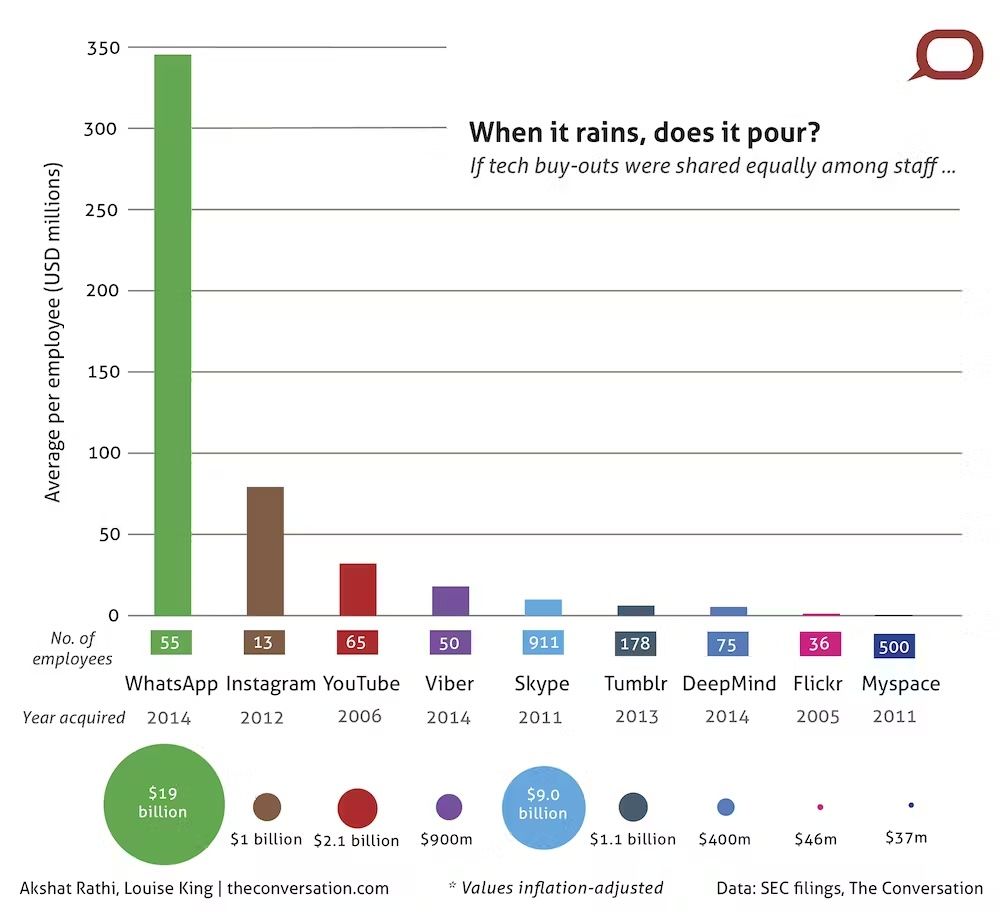34 People, including the janitor

August 28, 1963
Last week CDC had a press conference during which they officially announced their 6600 system. I understand that in the laboratory developing this system there are only 34 people, “including the janitor.” Of these, 14 are engineers and 4 are programmers, and only one has a Ph. D., a relatively junior programmer. To the outsider, the laboratory appeared to be cost conscious, hard working and highly motivated.
Contrasting this modest effort with our own vast development activities, I fail to understand why we have lost our industry leadership position by letting someone else offer the world’s most powerful computer. At Jenny Lake, I think top priority should be given to a discussion as to what we are doing wrong and how we should go about changing it immediately.
T. J. Watson, Jr.
This is a memorandum written by the president, T.J. Watson Jr. of IBM in 1963. At that time, IBM was competing for leadership in the manufacturing of supercomputers. CDC, founded by Seymour Cray, was launching the CDC 6600 with an incredible 10 MHz processor and 982 kilobytes (less than 1 MB) of memory, costing $2,370,000 (equivalent to about $22 million in 2022 dollars).
IBM was the world's largest "computer" company at the time and was developing the IBM System/360, an ambitious plan to create a complete product line with compatible instructions. Developing software at that time was challenging, as you had to adapt the software for each new generation of hardware released.
In previous years, IBM had developed the IBM 7030 Stretch, the world's fastest computer until the emergence of the CDC 6600, a leadership role that IBM would only regain almost forty years later.
If you ever find yourself in San Francisco, visit the Computer History Museum (https://computerhistory.org/), where you can explore not only this story but also the incredible machines created not only by Cray but various machines that have changed the way we think about computers today. A video about Cray can be viewed here - https://www.computerhistory.org/revolution/supercomputers/10/7/2206.
But what does this have to do with our article today, beyond this historical curiosity? Small teams! IBM's question was how a team of 34 people, including the janitor, had dethroned a giant.
And so I challenge you to understand the capability of a small team. Fred Brooks wrote in his legendary "The Mythical Man Month" (https://amzn.to/3SFIQcW) what became known as Brooks's Law:
"Adding manpower to a late software project makes it later."
This shows us that the thinking about teams should not be linear. I don't have 1000 hours of developer time by summing up the team members, and to deliver a delayed project, I must hire another 500 hours of "developer horsepower."
I've heard this argument in countless meetings for numerous projects with various clients - I only have X hours of developer/month, so I need to hire 5 more programmers (possibly junior developers) to add 800 hours of delivery capacity and complete the project.
It is always overlooked in this calculation that with each new member added, you not only have the complexity of the initial learning of that member but also the complexity of communication with more team members, which grows exponentially. More communication implies greater effort to align people properly and make deliveries happen.
Small, cohesive, multidisciplinary teams are your goal. Every time you think about hiring someone for the team, think about these complexities first. Never make linear calculations and believe that you are adding X hours of horsepower to your team. This is not a car engine. Rethink what you are trying to build - is there something simpler that can be delivered and bring value to the user? Or perhaps, can I automate tasks within the team to make it more productive?
To conclude the text, I leave you with a chart showing the team size of some well-known companies and their valuation at the time of sale. Maybe it will help you think about the topic:
